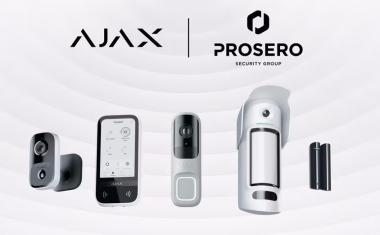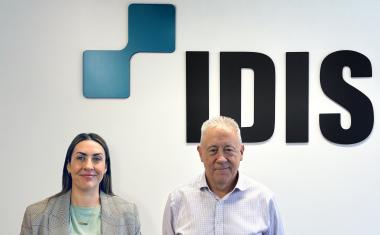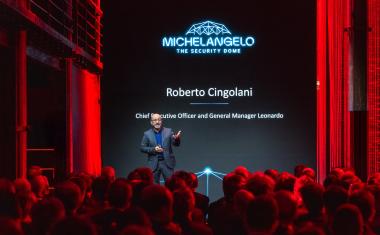ONVIF Developers' Plugfest in Japan Continues Interoperability Exploration of Profiles S, C and G
ONVIF, the leading global standardization initiative for IP-based physical security products, announced today that it conducted its 10th Anniversary Developers' Plugfest last month...
ONVIF, the leading global standardization initiative for IP-based physical security products, announced today that it conducted its 10th Anniversary Developers' Plugfest last month. The event drew 40 engineers representing 19 ONVIF member companies that have implemented the ONVIF specification in their IP-based physical security products.
Held in Fukuoka, Japan, and hosted by Panasonic, the three-day event encompassed nearly 300 hours of product testing and assessment of ONVIF Profile S for video and audio streaming, Profile C for physical access control products and Profile G for recording and playback.
In addition to the profiles, participants tested the scope of the newly released Advanced Security Service Specification, which offers security features that enable ONVIF devices to securely operate in untrusted communication networks. The security specification also covers public key certificate management and TLS server configuration.
Cross-profile testing of Profiles S and C also continued at this Plugfest. The most advanced test undertaken during the event featured one client and nine devices on the same network.
"We were able to do some very exciting testing at Fukuoka," said Hirokazu Kitaoka, Staff Engineer, Panasonic, and a member of ONVIF's Technical Committee. "The new advanced security feature, Profile G, on-screen displays and PTZ pre-set tours were all successfully tested. Interoperability has been progressing very well thanks to all the efforts of ONVIF members."
The next ONVIF Developers' Plugfest is scheduled to take place in Germany in September 2014.














